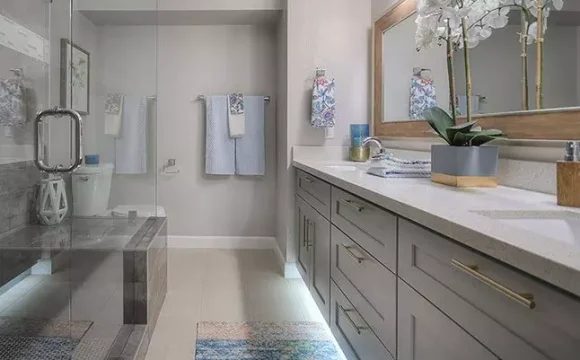Furniture upholstery is a vital part of interior design. It involves adding padding, springs, and covers to furniture pieces to enhance their comfort and aesthetics. The process of furniture upholstery dates back to ancient Egypt, where the wealthy used textiles and leather to add luxury to their chairs, stools, and couches. Today, furniture upholstery is an art form that combines traditional techniques with modern materials to create stylish and functional pieces.
Furniture upholstery is the process of adding cushioning and fabric covers to furniture pieces. The padding is added to the frame of the furniture to provide comfort and support to the user. The fabric covers are then added to the padding to create a finished look. The materials used for upholstery vary, including natural materials such as cotton, wool, and leather, and synthetic materials such as polyester and nylon. The type of material used for upholstery depends on the function of the furniture piece, the design style, and the user’s preferences.
What are the Benefits of Furniture Upholstery?
Furniture upholstery has many benefits, both functional and aesthetic. Some of these benefits include:
- Comfort: Upholstered furniture is more comfortable than hard furniture pieces. The padding and fabric covers provide a soft and cozy surface to sit or lie on, making it a great option for relaxation.
- Durability: Well-crafted upholstered furniture can last for years with proper care. The padding and covers protect the furniture from wear and tear, keeping it in good condition for longer.
- Aesthetics: Furniture upholstery adds a touch of style to any room. The fabric covers come in a variety of colors and patterns, allowing you to customize the furniture piece to your preferences and the room’s decor.
- Functionality: Upholstered furniture can be designed to serve multiple functions. For example, a sofa bed can be used as a couch during the day and a bed at night, making it a practical and space-saving option.
How is Furniture Upholstery Done?
Furniture upholstery is a detailed process that requires precision and skill. The process involves the following steps:
- Stripping the old fabric: The old fabric cover is removed from the furniture piece to expose the padding and frame.
- Repairing the frame: Any damages to the frame are repaired or replaced to ensure that the furniture piece is sturdy.
- Adding new padding: New padding is added to the frame to provide comfort and support. The type of padding used depends on the design and function of the furniture piece.
- Cutting and sewing the fabric cover: The fabric cover is cut to size and sewn together to fit the furniture piece. The cover is then attached to the padding using staples, tacks, or adhesive.
- Finishing touches: The final step involves adding decorative elements such as trim, buttons, or tufting to enhance the furniture’s aesthetics.
What are the Different Types of Furniture Upholstery?
Furniture upholstery comes in different styles and designs to suit various preferences and needs. Some of the common types of furniture upholstery include:
- Traditional: This style involves the use of natural materials such as leather, cotton, and wool. The designs are often classic and timeless, making them a popular option for elegant and formal settings.
- Contemporary: This style involves the use of synthetic materials such as polyester and nylon. The designs are often minimalist and sleek, making them a popular option for modern and casual settings.
- Custom: This style involves creating a unique furniture piece that is tailored to the user’s specifications. The design, materials, and functionality are all customized to suit the user’s preferences and needs.







